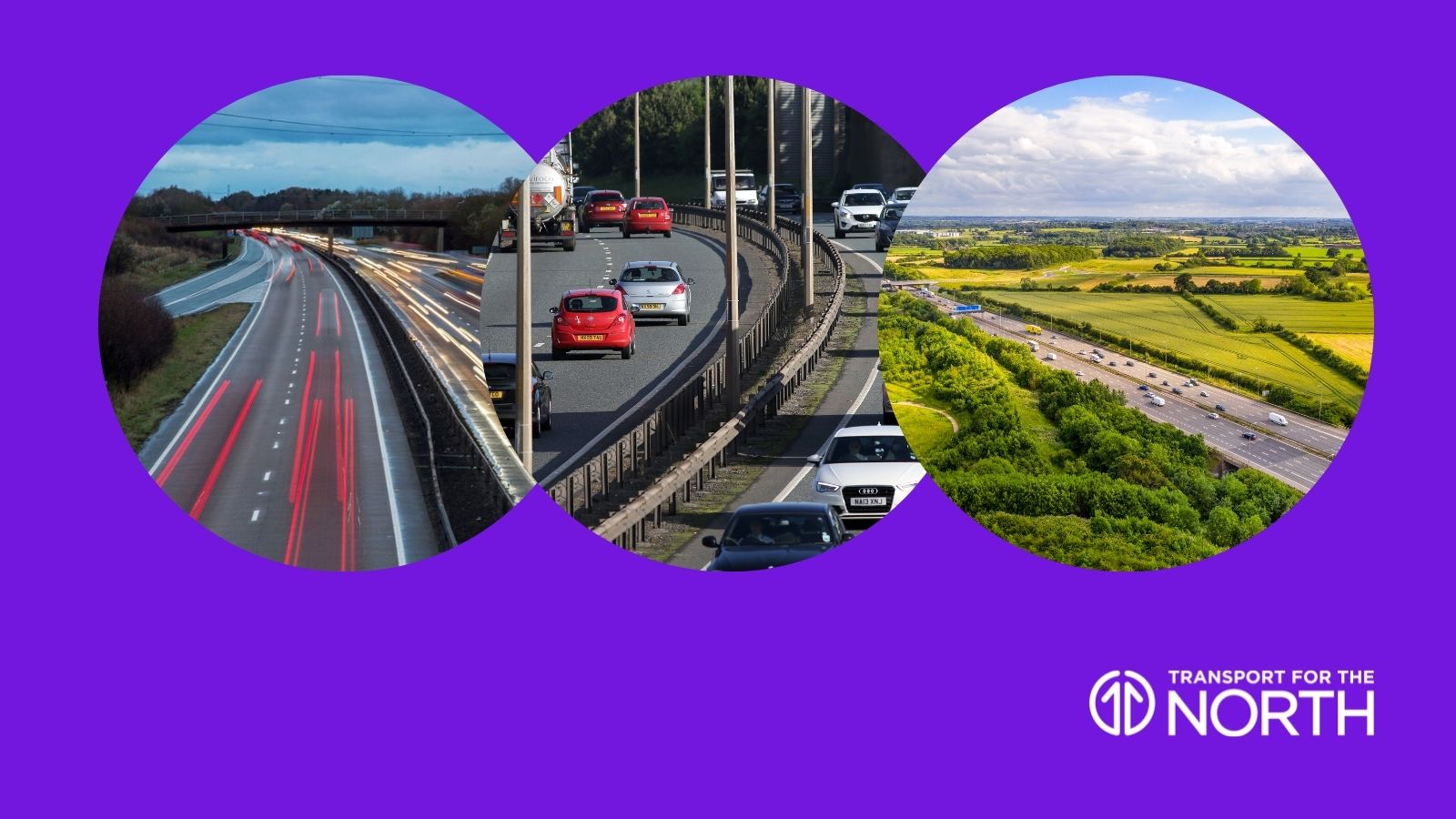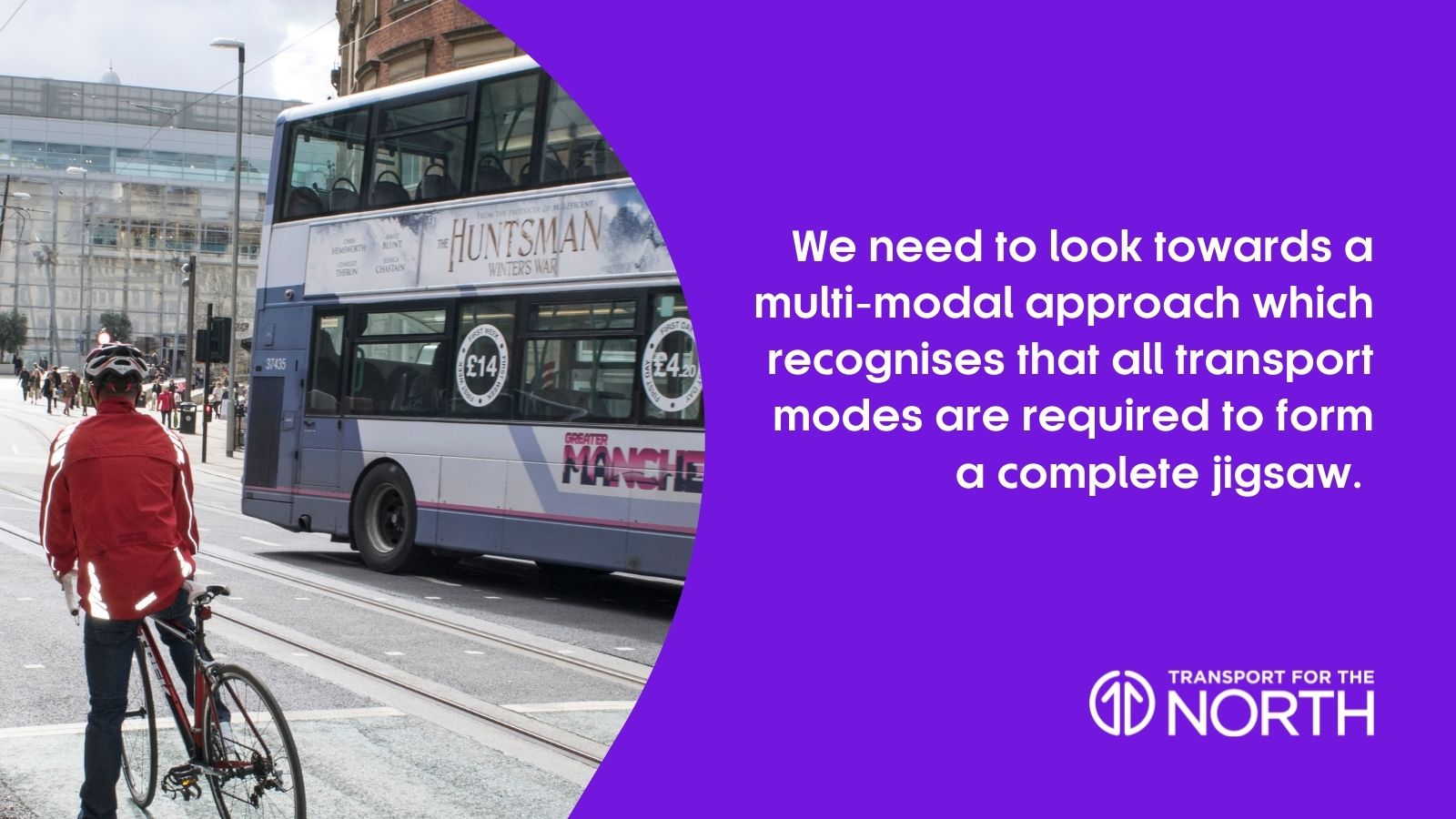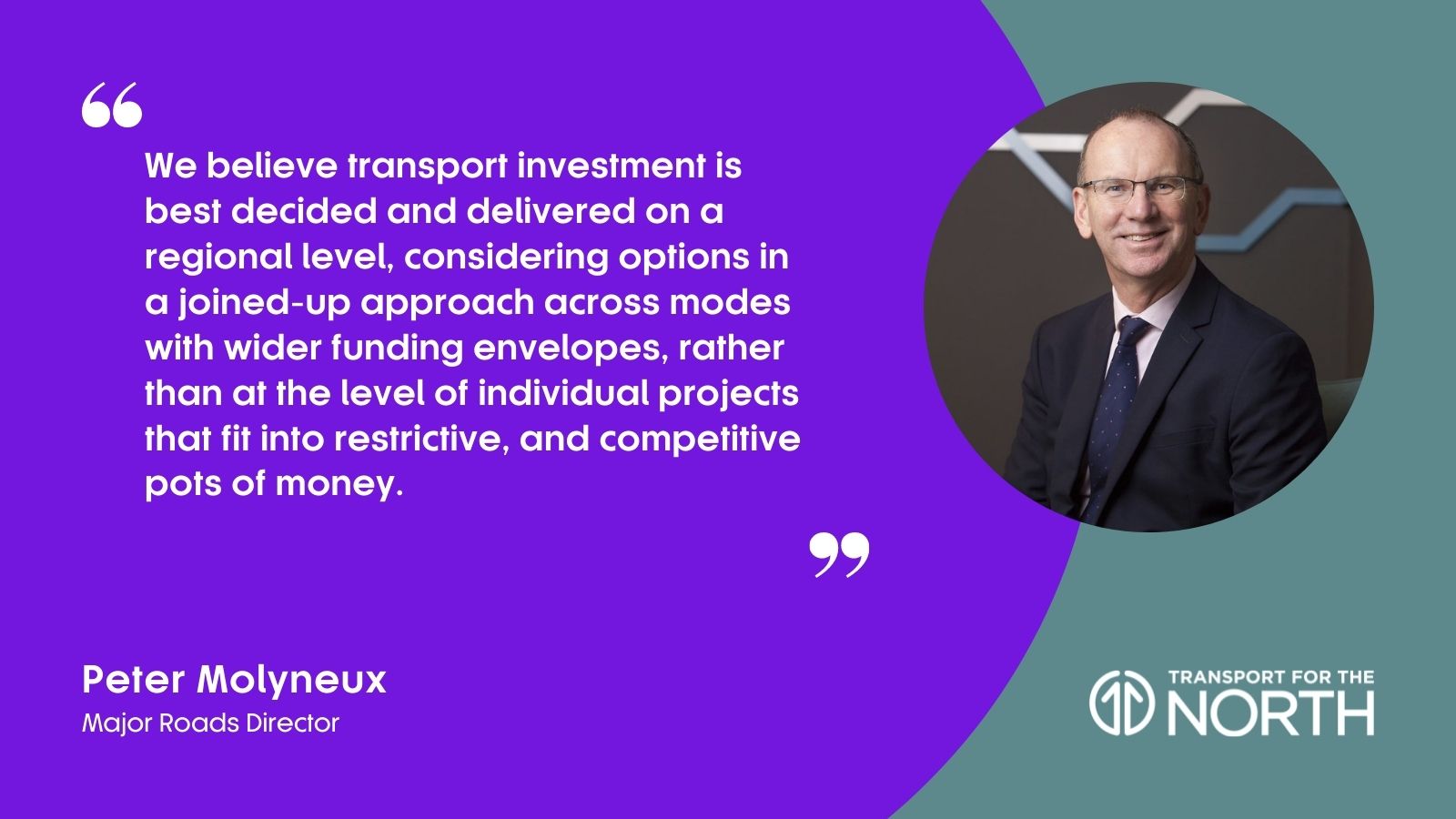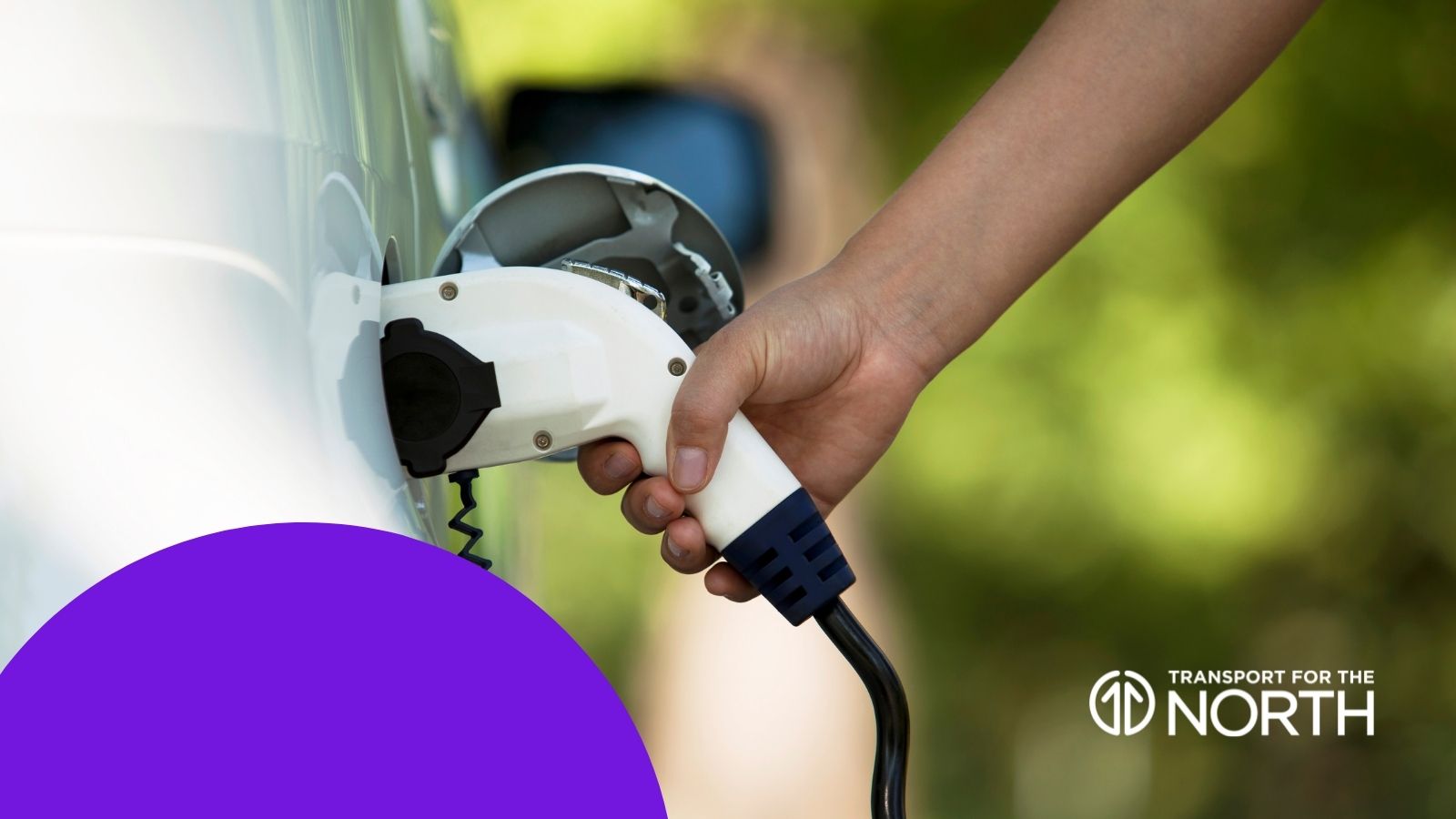This Insight article by our Major Roads Director Peter Molyneux is based on a presentation he gave at the ICE Learning Society Committee virtual event earlier this year.
The transport decarbonisation challenge is a daunting prospect, including in the North of England which currently accounts for 23% of total UK car emissions.
Around 60% of our region’s road emissions occur on the Major Road Network (MRN) – the local and strategic roads identified by Transport for the North which are vital for economic growth, and 60% of emissions are associated with journeys over 20km.
These figures are reflective of the high modal share of the car, accounting for 59% of total journeys and 89% of freight movements. Road journeys also generate a significant amount of government revenue (6-7%) through fuel duty, VAT on fuel, and VED.

The car offers a personal and flexible mode of transport so it is no surprise that people choose it over crowded public transport that doesn’t take them door-to-door specific to their schedule.
This is not going to change, so there must be a greater focus on the broader picture; roads themselves are not inherently an issue; the issue is with the types of vehicles using them, and whether they are built to enable efficient and reliable journeys.
We need to look towards a multi-modal approach which recognises that all transport modes are required to form a complete jigsaw. Active travel should always be facilitated for shorter journeys; public transport should be encouraged through practical interchange opportunities; and roads must remain vital to a multi-modal approach through supporting these; ensuring the first and last miles can be completed smoothly, and reaching out to more rural or isolated places.

The role of electric vehicles (EV) will be essential over the next 10 years, further supported by the Government announcement of a ban of all petrol and diesel vehicles by 2030.
The North has some of the lowest levels of EV uptake across the country and there are vast differences in their use across the region. There is a risk that if the EV sector is only tackled at a local rather than regional scale, there will be a range of commercial models and lack of consistency across the region, with a risk of a negative impact on the affordability and inclusiveness of EV. Furthermore, not seeing the picture at a regional level could risk many journeys, and their potential to shift to EVs, being missed – journeys that cross local boundaries for example, or those which incorporate more than one mode.
There also remains a significant challenge, noted by the need to move from the installation of 7,000 charging points per year currently to 35,000 per year, if Government carbon targets are to be met.

We believe transport investment is best decided and delivered on a regional level, considering options in a joined-up approach across modes with wider funding envelopes, rather than at the level of individual projects that fit into restrictive, and competitive pots of money.
It is difficult to justify road investment on an individual project level based upon traditional assessment criteria, however all modes have a role to play at a regional level and this can be made a lot clearer at a programme level and by taking a more transformational approach to funding decisions – looking at societal outcomes as well as simple benefit-cost-ratios.
Furthermore, we must have a customer-centric approach to transport investment. After all, getting from A to B is not something people do for the sake of it – there is always a purpose, and we must understand and support that reason to ensure our transport networks offer the most practical, efficient and cost-effective solutions.
Recognising the challenge, Transport for the North is developing a decarbonisation trajectory which culminates in a close-to-zero emissions target of 2045. There will be differences across the region; some partners will move more quickly and others will be at different starting points, however the aim is for all to be close to zero emissions by this date.
On top of this, our Future Travel Scenarios assess the outputs of four different possible future scenarios against a range of metrics, and reveal that, even in an “urban zero carbon” future with significant uptake in sustainable travel modes and high levels of homeworking, the majority of journeys are still likely to be undertaken via car.

It’s essential that we sustain the commitment to our roads and wider transport networks in order to support the levelling up agenda and truly support our region in building back better and greener.
There are a number of strategic projects already underway across the North, yet many more still await confirmed funding or approval to proceed. We will continue to make the case for investment in our MRN, whether through the Road Investment Strategy Programme, Major Roads Fund, or other funding streams.
Our Business Plan 2021/22 sets out our priorities for the year ahead, including the publication of our Major Roads Report, Decarbonisation Strategy, and Freight and Logistics Strategy. It also reiterates the importance of our Northern Transport Charter, whose objectives underpin all our efforts in realising a vision of a thriving North of England where modern transport connections drive sustainable economic growth and support an excellent quality of life.
A version of this article was originally published in New Civil Engineer.